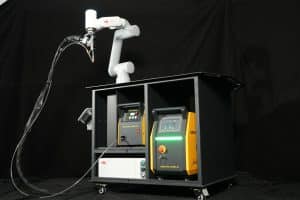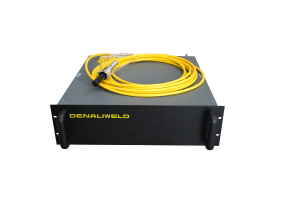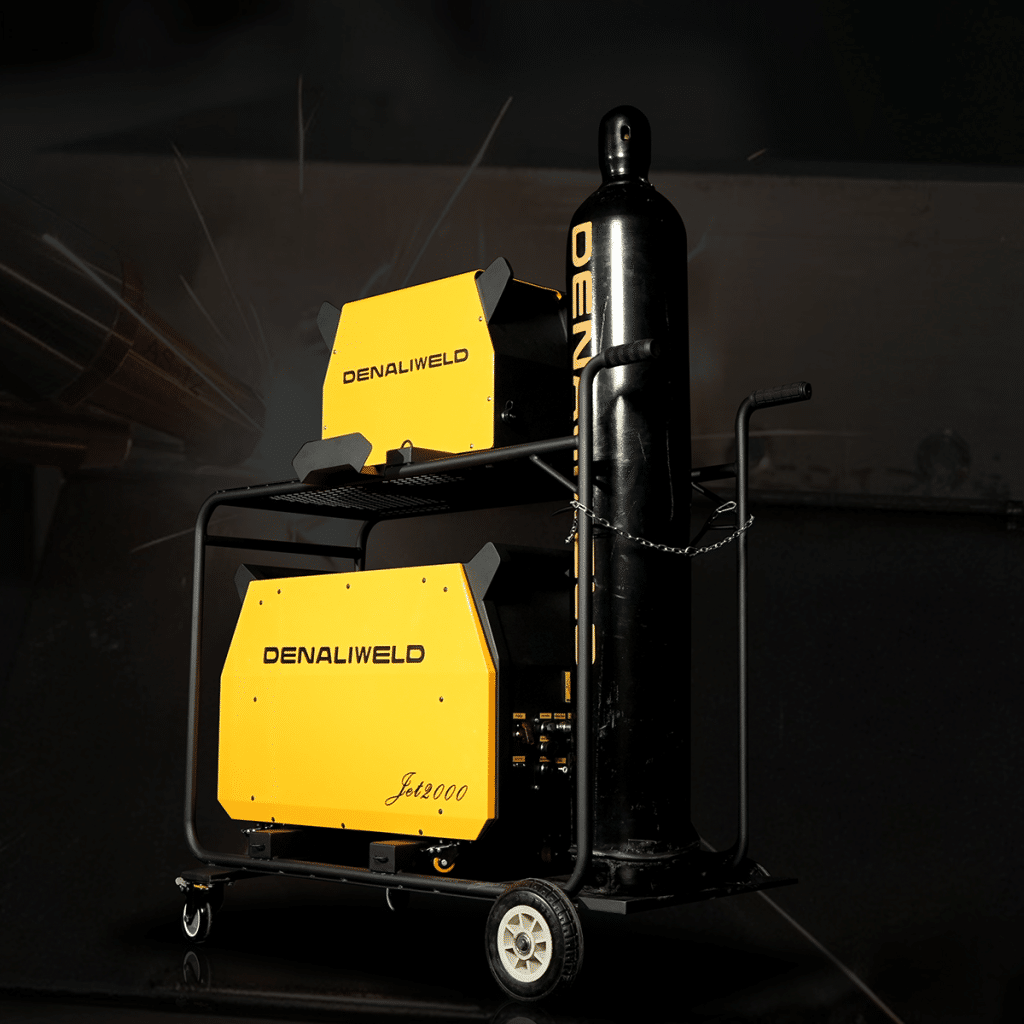In recent years, as people’s awareness of environmental protection, to the worldwide development of the cleaning industry has brought a huge challenge, a variety of cleaning technologies conducive to environmental protection came into being,laser cleaning technology is one of them. The so-called laser cleaning technology refers to the use of high-energy laser beam irradiation workpiece surface, so that the surface of the dirt, rust spots or coatings occur instantaneous evaporation or stripping, high-speed effective removal of cleaning object surface adhesion or surface coating, so as to achieve a clean process. It is based on laser and material interaction effect of a new technology, and the traditional mechanical cleaning method, chemical cleaning method and ultrasonic cleaning process is different, it does not require any ozone-depleting CFC organic solvents, no pollution, no noise, harmless to humans and the environment, is a “green” cleaning technology.Laser cleaning and mechanical friction cleaning, chemical corrosion cleaning, liquid solid strong impact cleaning, high-frequency ultrasonic cleaning and other traditional cleaning methods, compared with the obvious advantages. It is efficient, fast, low cost, the thermal and mechanical load on the substrate is small, cleaning for non-damage; waste can be recycled, no environmental pollution; safe and reliable, does not harm the health of the operator; can remove a variety of different thicknesses, different ingredients of the coating; cleaning process is easy to achieve automatic control, to achieve remote control of cleaning and other functions.
Laser cleaning principle
The process of high power pulse laser cleaning is dependent on the characteristics of the optical pulse generated by the fiber laser, based on the photophysical reaction formed by the interaction between the high intensity beam, short pulse laser and the contaminated layer. The physical principles can be summarized as follows.
1) The beam emitted by the laser is absorbed by the contamination layer on the surface to be treated.
2) The absorption of large energy forms a rapidly expanding plasma (a highly ionized unstable gas), which generates a shock wave.
3) the shock wave turns the contaminant into fragments and rejects it.
4) the width of the light pulse must be short enough to avoid heat accumulation that would cause damage to the treated surface.
5) plasma is generated on the metal surface when oxides are present on the metal surface.
Applications
Laser cleaning is a process that uses a high-energy laser beam to remove contaminants, coatings, and other unwanted materials from a surface. Some of the most common applications of laser cleaning include Rust and paint removal from metal surfaces: Laser cleaning can efficiently remove rust and paint from metal surfaces without damaging the underlying material. It is commonly used in the automotive, aerospace, and shipbuilding industries.Restoration of historical monuments and buildings: Laser cleaning can remove soot, dirt, and other pollutants from historical buildings and monuments, restoring them to their original appearance. It is also used to remove graffiti and other unwanted markings.Cleaning of delicate surfaces: Laser cleaning can be used to clean delicate surfaces such as electronic components, artwork, and fragile artifacts without damaging the surface or leaving residue.Semiconductor manufacturing: Laser cleaning is used in the semiconductor industry to remove unwanted residues from wafers, microchips, and other components.Aerospace and aviation: Laser cleaning can be used to remove contaminants, coatings, and debris from aircraft parts, turbine blades, and other components, improving their performance and extending their lifespan.Medical equipment: Laser cleaning can be used to remove contaminants and biofilms from medical equipment, improving their efficacy and reducing the risk of infection.Food processing: Laser cleaning can be used to clean food processing equipment and surfaces, reducing the risk of contamination and improving food safety.The altar of Albertino in Italy was built in the mid-14th century, and due to the long period of time experienced, the surface of the icons on the altar was covered with a layer of carbon black and plaster several millimeters thick, which seriously affected the appearance of the relic. In order to restore the ancient color of the icons, it was necessary to use cleaning means to remove the crusty layer on the surface, and the heritage unit. It was determined that laser cleaning technology was used by two connoisseurs from Italy and Austria to achieve this. They used a laser wavelength of 1064nm, pulse width less than 10ns, laser spot diameter greater than 2.5mm, energy of 1200mJ, laser fiber transmission, to achieve a large area of remote image cleaning, cleaning efficiency of 1 ~ 1.5m2 / day, cleaning the image to restore the old appearance of the ancient color.Laser cleaning for the restoration of cultural relics, is a dry, soft and freedom of the advanced restoration process. The use of laser beam characteristics, by setting different laser parameters, so that staff can distinguish between contaminants and the surface material of cultural relics, the surface material of cultural relics and attached to its deposits, coverings, oxides, selective and accurate positioning and laser beam vaporization evaporation, so that neither harm cultural relics, but also in addition to contaminants.






